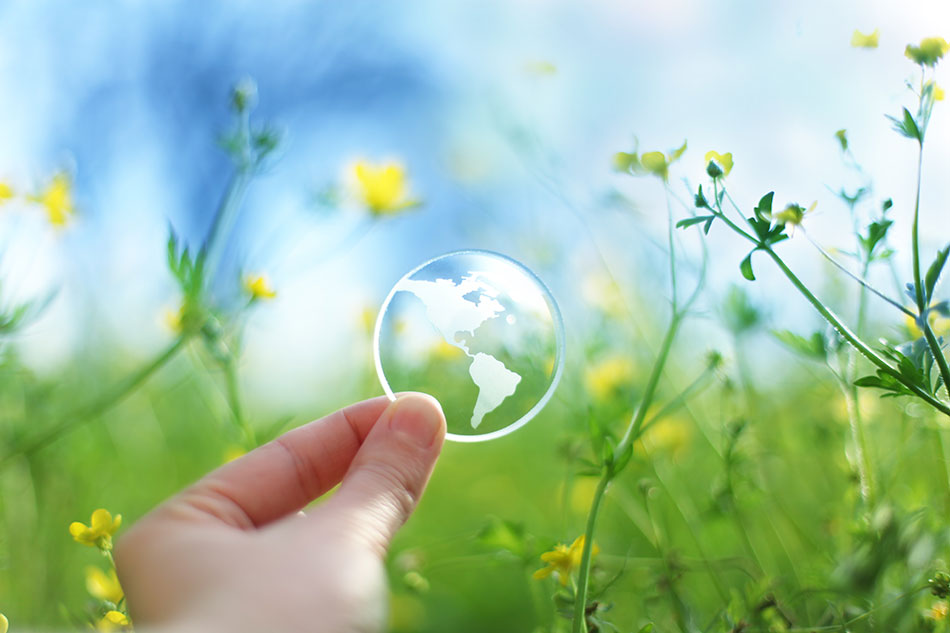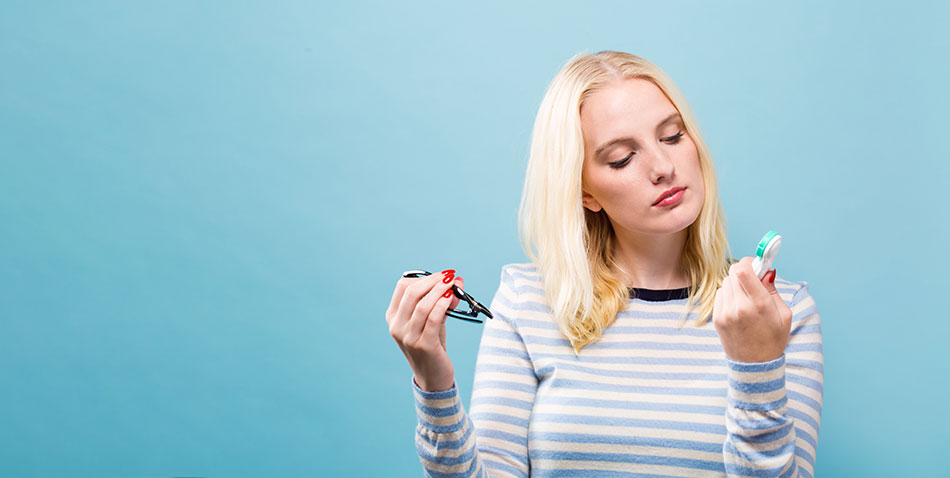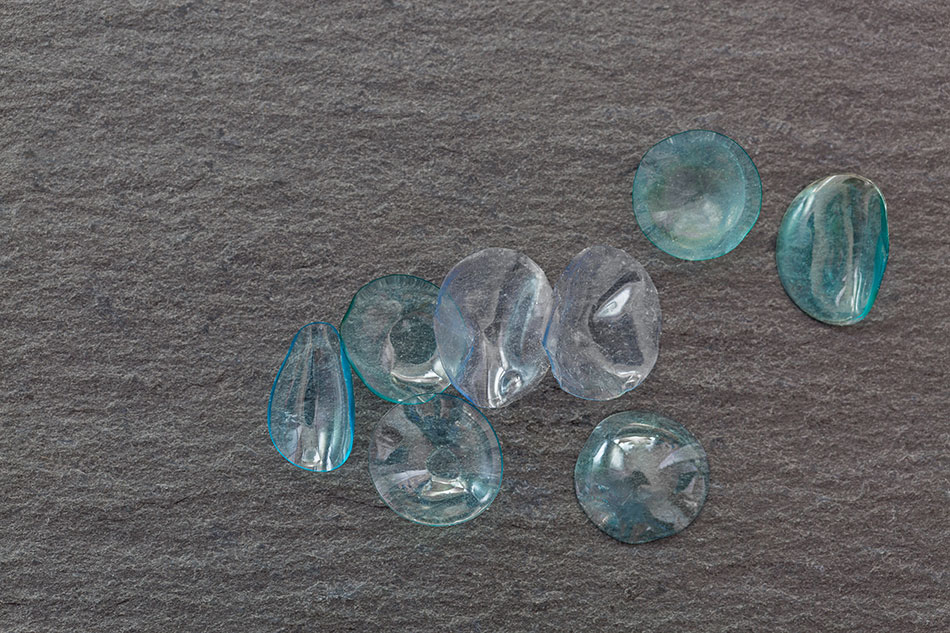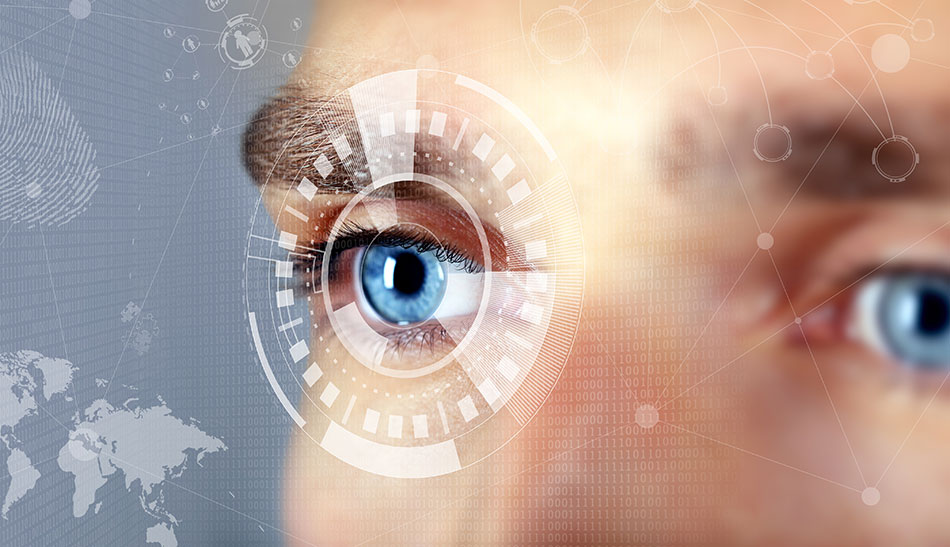Daily Disposable Contact Lenses Are Better for the Environment

The optical industry has evolved a lot over the last few decades. From Leonardo Da Vinci's thick lens concept 500 years ago to today’s super thin contact lenses, the industry has come a long way.
Companies, big and small, are making efforts to become more environmentally conscious. For example, in less than one year, Bausch+Lomb’s ONE by ONE Recycling Program diverted more than one million used contact lenses, blister packs and top foils from landfills.
A lot of people use eyeglasses in an effort to reduce their carbon footprint. But are eyeglasses the wiser choice? What about daily disposable contact lenses? Let’s have a look at which types of contacts are more eco-conscious.
Which Is Greener: Contacts or Glasses?

The ‘contacts vs glasses’ conundrum is the first thing you think of when making the switch. Each of us needs to ask this question and make an informed decision before deciding to make a purchase.
Contacts vs Glasses
- Glasses can be annoying to carry, keep track of, and clean.
- Contact lenses stick to the eyeball, so you don’t have to worry about any of that!
- Glasses can fall off or even worse, break.
- Contact lenses are a lot less likely to fall out and they don’t pose the risk of breakage.
- Glasses get foggy from sudden temperature changes, like going from warm to cold.
- Contact lenses never fog-up!
- Glasses can be uncomfortable and dangerous while playing sports. In most cases, glasses are no longer allowed on the playing field.
- Contact lenses are safe to wear with any sport, except water-sports. But, you can wear waterproof eye goggles for such sports.
- Glasses affect your peripheral vision.
- Contact lenses allow for a full and clear view of the world!
- Glasses that don’t look good can detract from your style.
- Contact lenses come in different types and colours so you can accessorize them to match your outfits or your mood!

Contact Lenses: Environmental Footprint
From a technical point of view, contact lenses are a lot more comfortable and easy to use than glasses. Contacts are gaining ground! There are 125 million people around the world who prefer contacts over glasses.
Contact lens producers are developing their technology and materials far beyond our imagination. Some companies are working on creating soy-based lenses. These lenses will be fully biodegradable. This will signify a huge leap forward for the industry and the world as a whole.
To answer the question of ‘which is greener’ let’s take a look at the data. Sure, you only need to change your glasses, on average, every two years. But, the amount of plastic needed to make a new pair of glasses is significant compared to one pair of contact lenses.
PubMed published a study in 2003 that showed the amount of waste associated with contact lenses is 0.5%. This number ranks low, when compared to waste consumers are generating every day.
While lens waste is about 9.125 grams per year, glasses produce around 35 grams. This means that one pair of eyeglasses makes as much waste as a four year supply of daily disposable contact lenses. What’s more, most glasses are made of hard plastic which is very difficult to recycle.

Eco-Conscious Eye Care: Daily, Weekly and Monthly Contact Lenses
We’ve established that, in many ways, contacts are better than glasses. You might be wondering which types of contacts are more eco-friendly.
Dailies, weeklies and monthlies all have pros and cons associated with them. But, the general consensus is that daily disposable contact lenses are your best option.
Compared to the other two options, daily disposable contact lenses don’t need any cleaning. As such, you’ve eliminated contact lens solution, buying new contact cases, and cleaning in one fell swoop. And, since more companies are working to recycle packaging, you might soon be able to recycle your dailies 100%.

Recycling Contacts and Packaging
As mentioned, more companies in the optics industry are looking to recycle their plastics. The constant, super-fast advancement of technology is helping this along. There are quite a few international companies with comprehensive recycling programs.
The One-by-One Recycling program from TerraCycle will take your contact lenses and the packaging that comes with it and give them a new life. Together with Bausch and Lomb, TerraCycle is revolutionizing the optics industry.
They separate the plastic blisters from any metallic material, and thoroughly clean everything. They then take all the plastic components, as well as the lenses, and melt them down to produce new recycled materials.
This service is free to use and you can send all brands of contact lenses to their locations.
Do you live in an area with limited access to a recycling program? Consider storing your contact lens blisters in a plastic bottle or tub and wait until it’s full. Then take a trip or send a package by mail to your nearest recycling point.
The blister falls under the #5 recycling type. That means it can actually be recycled alongside your yogurt and hummus plastic containers.
Check with the garbage pick-up program in your neighbourhood. They can confirm if they recycle #5 plastics. Then, you’re good to chuck those into the recycling bin. Otherwise, you might have to go the long way and actually send them through snail-mail. Of course, the rest of the packaging is recyclable and safe to put in the bin.
So, really, what you’re left with are the actual contact lenses. If you save up a year’s supply of used contacts it’s worth sending them out to a specialty recycling unit.
Daily Disposables for the Good of the Environment
When you compare daily disposable contact lenses with glasses, contacts win the argument. Advancements in recycling technology promise to have all types of plastic ready for recycling soon.
Now that you’re convinced to get yourself a brand new pair of contacts, check with your optometrist first. Then, browse the vast collection of contact lenses available to choose the type that fits you best!
